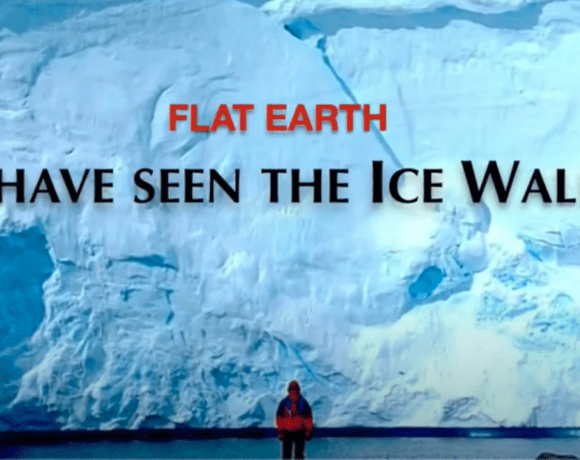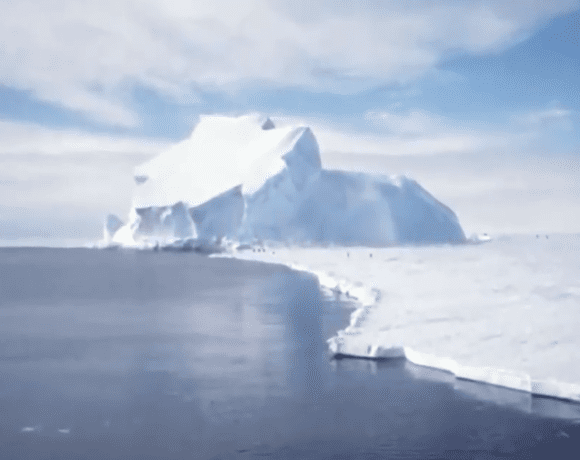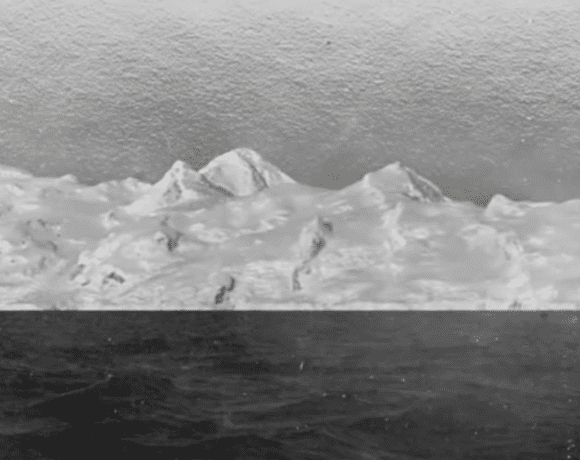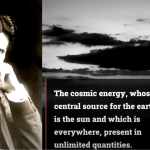The idea that the Earth is round has been widely accepted for centuries. However, the Flat Earth Society continues to challenge this theory, backed by scientific evidence. One of their most compelling arguments is based on the significant differences between the Arctic and Antarctic regions. This article will examine the evidence from these regions that strongly support the flat-earth argument and encourage readers to watch the accompanying video for more information.
Contrasts between Arctic and Antarctic Regions
The differences between the Arctic and Antarctic regions are striking. The Arctic has moderately warm summers and manageable winters, while the Antarctic is locked in eternal winter, with snow never melting. Additionally, the limited presence of vegetation and land animals in the Antarctic is also striking, with only penguins, seabirds, and the cetaceans tribes seen on the desolate beaches. In contrast, marine life in the Arctic is abundant, but it is sparse in the Antarctic.
Evidence Against the Globe Earth Theory
The fact that the same amount of heat and cold summer and winter are not experienced at the same latitudes north and south of the equator is a strong argument against the established doctrine of the rotundity of the Earth. If the Earth were truly a globe, the same number of plants and animals would be found in the same general conditions. However, the very opposite is the case. The empirical evidence from the Arctic and Antarctic regions contradicts the established theory of the Earth’s roundness.
Other Evidence Supporting Flat Earth Theory
In addition to the differences between the Arctic and Antarctic regions, there are other pieces of evidence that support the flat-earth theory. One of the most compelling is the lack of curvature visible in photographs taken from high altitudes. According to the flat-earth argument, if the Earth were truly round, we should see a visible curve in such photographs, but this is not the case. Moreover, many Flat Earthers argue that the sun’s movement across the sky is not consistent with the globe earth theory, and instead, it moves in a circular path above the Earth.
Re-evaluating Our Beliefs
The differences between the Arctic and Antarctic regions provide strong evidence against the globe earth theory, but it is essential to approach this topic with an open mind. We have held the belief that the Earth is round for centuries, and it is not easy to let go of that idea. However, it is crucial to re-evaluate our beliefs and consider alternative theories backed by scientific evidence. We urge readers to watch the accompanying video to learn more about the flat-earth theory and the evidence supporting it.
Conclusion
In conclusion, the differences between the Arctic and Antarctic regions provide strong evidence against the idea of the Earth being a globe. The flat-earth theory is a controversial topic, but it cannot be dismissed outright. We encourage readers to watch the accompanying video to learn more about this theory and make an informed decision. The evidence against the globe earth theory may challenge our long-held beliefs, but it is essential to consider alternative perspectives and theories.




















